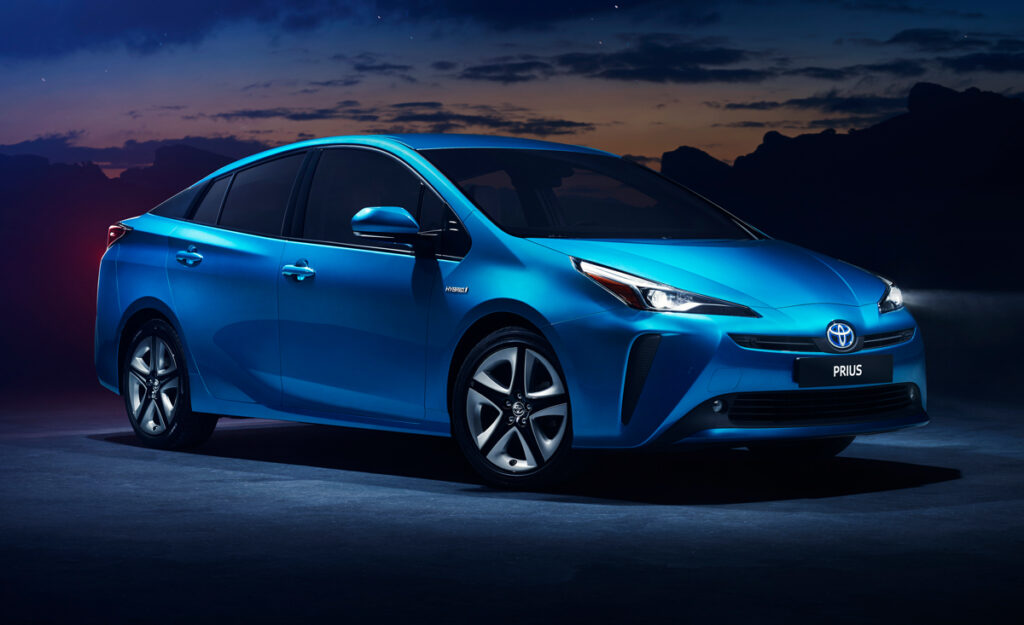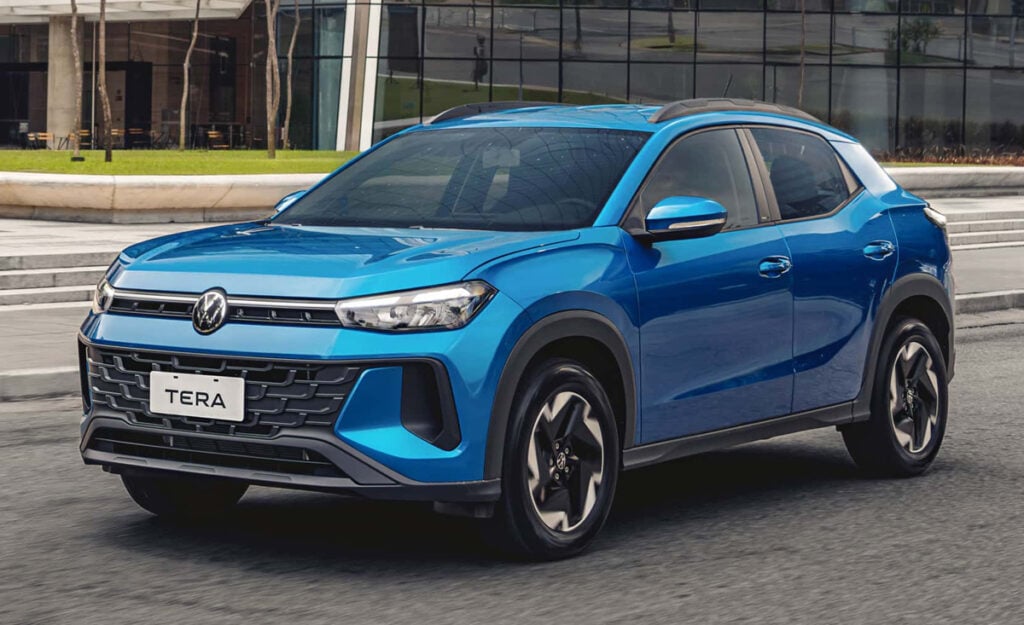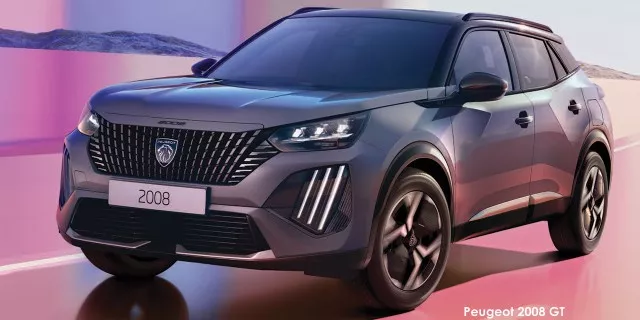Unexpectedly rare – How many Toyota Priuses have been sold in South Africa

Since the Prius’ launch in 2005, Toyota sold approximately 1,200 units of its first hybrid in South Africa until its discontinuation in late 2022.
The second-generation Prius was by far the most popular of the three Prius iterations that made their way through local showrooms, finding 715 forward-looking owners between 2005 and 2006, its debut year, Toyota South Africa confirmed.
This means that, of the approximately 11 million passenger vehicles registered in the country, there is a 0.001% chance of one being a Prius, lending the battery-incentivised Toyota a rarity that few other cars on the road can claim.
A hybrid stalwart
The Prius was the first mass-produced hybrid car not only within our borders but also in the world, allowing the automaker to score a big slice of a budding market and setting the stage for its numerous semi-electric vehicles to follow.
“Toyota has always led the way with more electrified vehicles on the road more than any other automaker,” said the manufacturer.
The Prius allowed Toyota to build trust among consumers outside of its well-known petrol and diesel mills and invest in bridging technology in order to introduce models such as the RAV4 and Corolla Hybrids.
To say that it played an integral part in the success of the company’s new-energy vehicles would be an understatement, with much of what it’s capable of today being learned from the Prius.
Prius powertrains through the years
The first Prius to hit South African roads was the second-generation model, which featured the same 1.5-litre petrol engine as the original generating 57kW and 115Nm, but with a larger battery and two electric motors collectively supplying an additional 50kW and 400Nm.
This setup achieved performance akin to what a normal 2.0-litre motor would achieve at the time, claimed the manufacturer.
Now 15% more fuel efficient than the first version, the Toyota achieved a low fuel usage of 4.9-5.2l/100km.
In 2009, the third iteration to bear the Prius name was fitted with a bigger 1.8-litre petrol motor with 72kW to its name, combined with a new 1.3kWh nickel-metal hydride battery.
Together it made 99kW and returned an ever lower fuel usage of 4.7/100km.
This was also the time when Toyota started to explore the possibilities of plug-in hybrid (PHEV) models, with a Prius PHEV making an appearance at the 2009 Tokyo Motor Show.
Fast forward to 2015, the fourth-gen model was unveiled with four-wheel drive on select variants and a new 0.7kWh lithium-ion battery that boasted 40% more energy than before.
This battery fed the new dual-electric motor system that was paired once again with a 1.8-litre fuel-burning powerplant to churn out a maximum of 90kW at an improved fuel consumption of 4.4l/100km.
Today, we have the all-new fifth-generation Prius, which will unfortunately not be making its way over to South Africa.
The latest sedan is equipped with the E-four all-wheel-drive system and will sport either a 1.8-litre mild-hybrid drivetrain, or a plug-in hybrid (PHEV) which consists of a 2.0-litre petrol engine and a lithium-ion battery powering an electric motor on the rear axle.
The PHEV system generates a maximum output of 144kW which shoots the Toyota from 0-100km/h in 6.7 seconds and its all-electric range is 50% higher than previous plug-in entries with fuel consumption coming in at 3.3-3.8l/100km.
Furthermore, the top-spec PHEV models, dubbed “Prius Prime”, will be equipped with a solar charging system that is capable of generating the equivalent of 1,250km of driving energy per year, according to the automaker.













